Please see below the types of plants you can find on our campus!
⠀
Little Gem Magnolia
Magnolia grandiflora “Little Gem”
The “Little Gem” is a smaller and slower-growing version of the Southern Magnolia Tree. This tree is best grown in moist, organically rich soil extremes. Its leaves are glossy green with a bronze-brown undertone and have flowers that give way to spherical cone-like fruiting clusters. The Little Gem Magnolia is native to the moist wooded areas of southeastern United States.
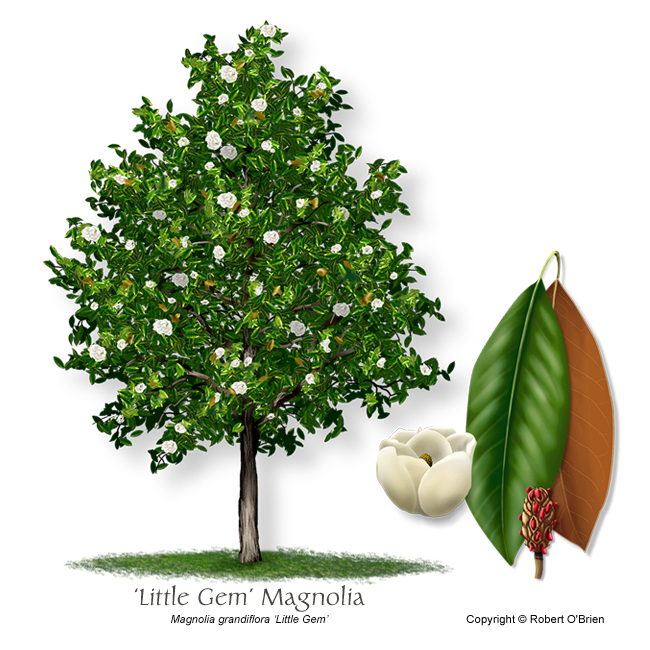
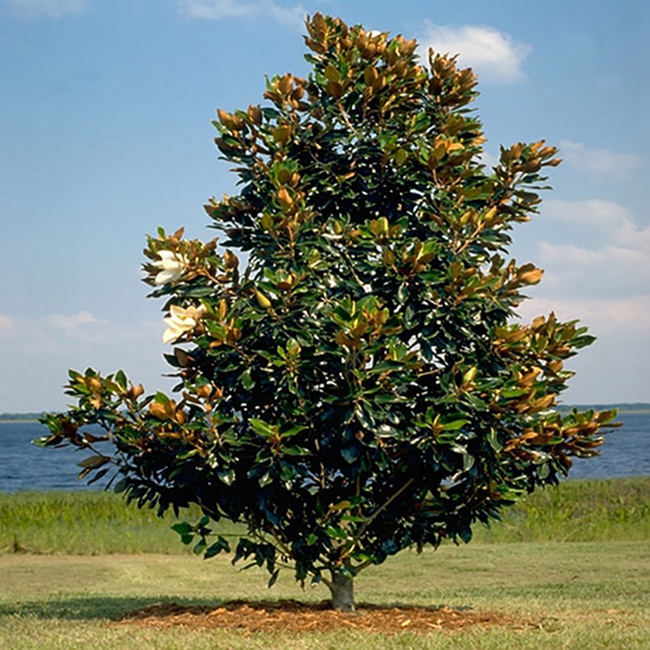
Short Leaf Pine
Pinus echinata
The Short Leaf Pine is an evergreen that can grow up to 80 or 100 feet tall. It grows best on average, dry to medium, well-drained soils in the sunlight. Its bark is scaly and dark but yellows over time, and it grows 3- to 5-inch slender needles in clusters of 2 or 3. The Short Leaf Pine is an important timber tree native to the deep south of the United States.
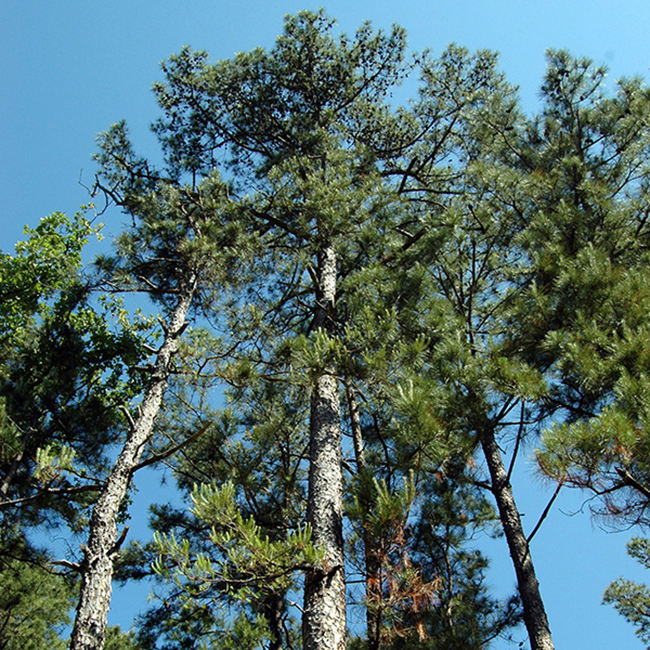
⠀
Downy Serviceberry
Amelanchier arborea
The Downy Serviceberry is a deciduous tree that usually grows about 15 to 25 feet tall but can reach up to 40 feet in the wild. Its fragrant 5-petaled, white flowers bloom in the springtime. Furthermore, this small tree produces a red-purple berry that matures in late summer to fall. The Downy Serviceberry is native to North Carolina and grows best on mountain slopes
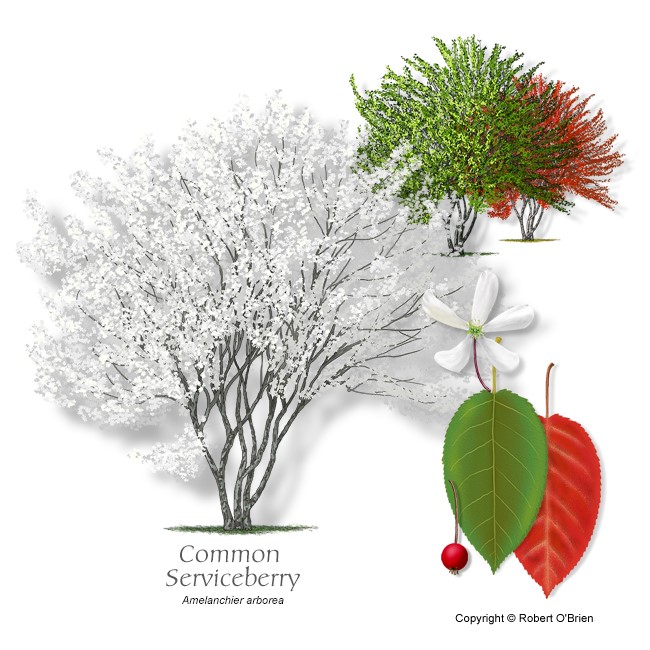
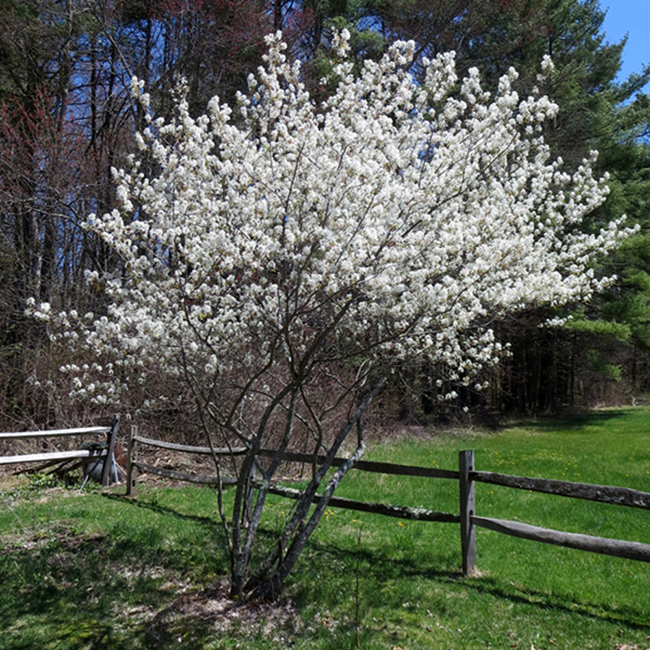
Witch Hazel
Hamamelis vernalis
The Witch Hazel is a native, tough and durable plant that grows in both sun and partial shade. Although it is drought tolerant, the Witch Hazel does best with consistent moisture and may suffer from leaf scorch in dry, hot summers. It flowers from January to early March with a variety of yellow to red-purple petals. The plant’s origin ranges from southern to central United States.
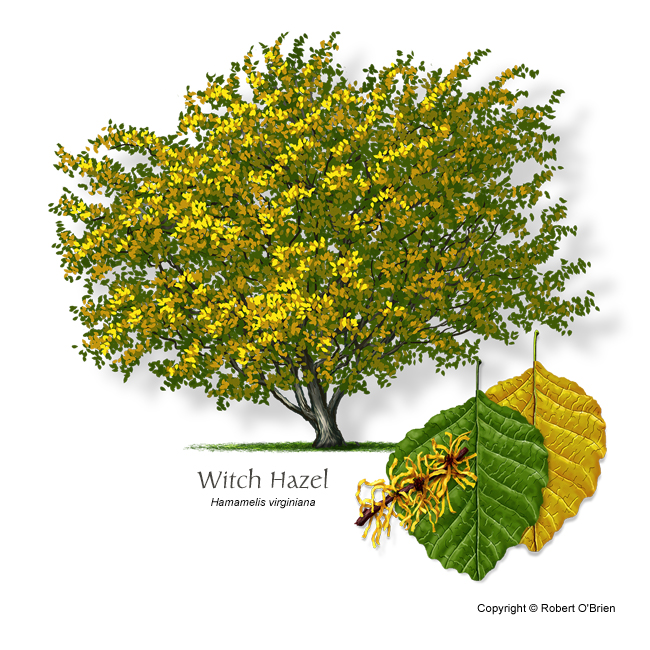
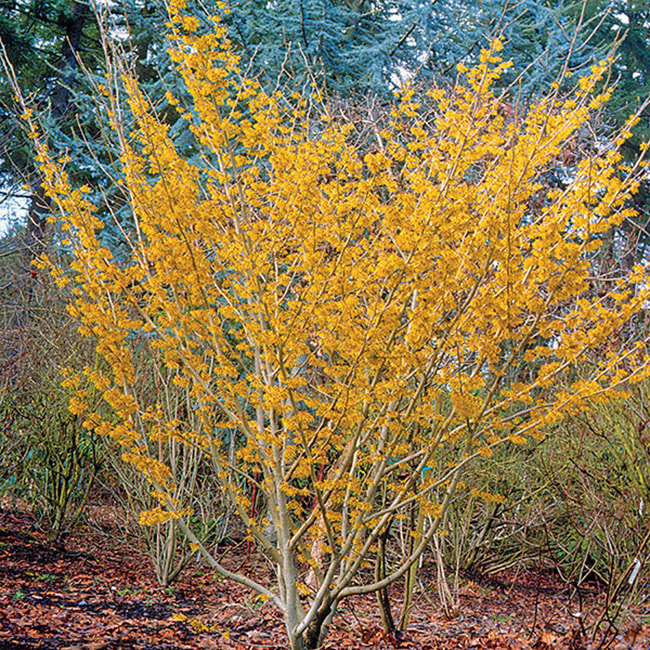
Northern Spice Bush
Lindera benzoin
The Northern Spice Bush is a deciduous shrub found in rich forests, dry forests on slopes and swamps. It can grow 8 to 15 feet tall and blooms clusters of small, yellow flowers in early spring. In the fall, the shrub produces a bright red drupe with a peppery taste and scent. The Northern Spice Bush is native to eastern North America.

Early Azalea
Rhododendron prinophyllum
Early Azalea is a 6 to 12 foot tall and wide, multi-stemmed shrub with ascending branches. It blooms clusters of funnel-shaped light pink flowers with protruding stamens. This plant has high severity poison characteristics. The Early Azalea is native to the eastern and southern United States.
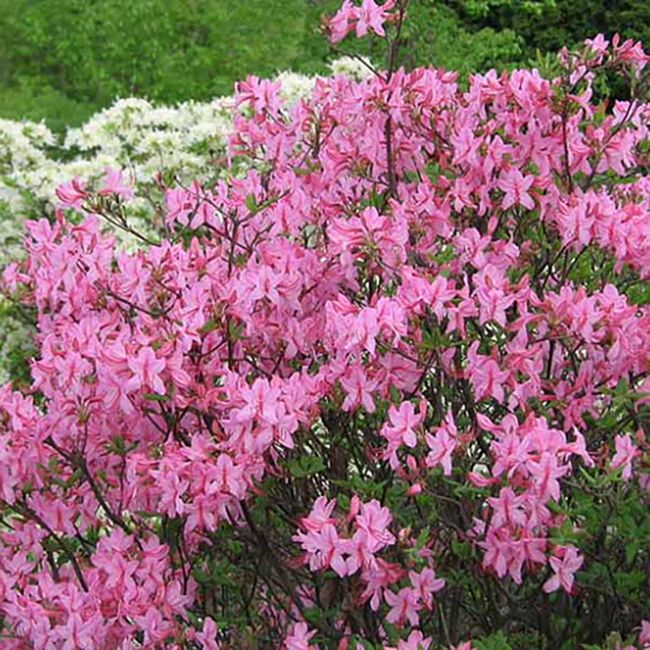
page break
Eastern Redbud
Cercis canadensis
The Eastern Redbud grows beautiful, reddish-pink flowers that last for a few weeks in the spring. The tree turns dark green as summer approaches and then yellow in the fall. It typically grows 20 feet in height and into a rounded shape. It is also known as the Judas tree. The Eastern Redbud is native to the eastern United States and westward to the Great Plains.
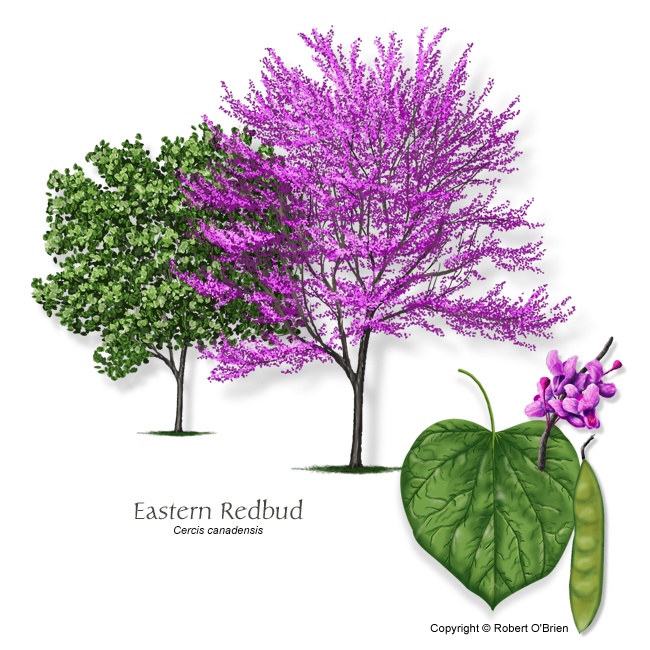
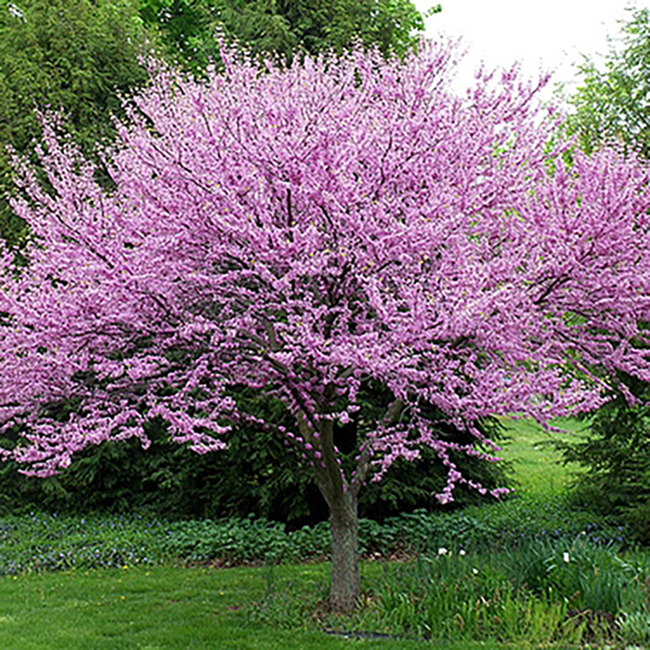
Flowering Dogwood
Cornus florida
The Flowering Dogwood is a small deciduous, flowering tree that can grow 15 to 25 feet tall. Its leaves are opposite with veins that bend upward towards the tip. The tree is known for its large, white bracts that bloom before the leaves in early spring that surround small clusters of green flowers. The Flowering Dogwood is native to eastern North America.
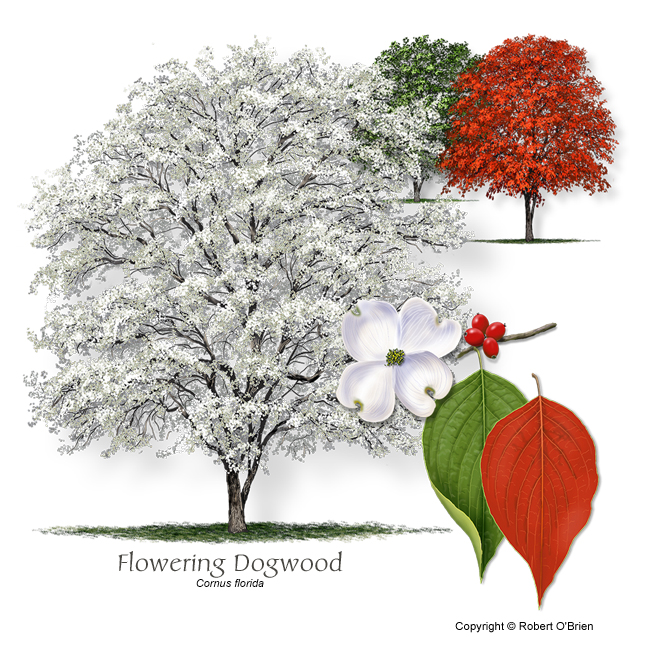
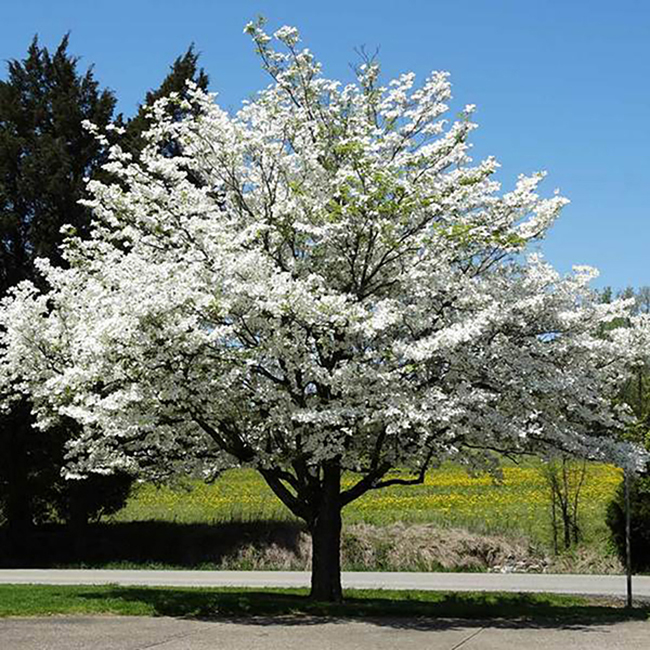
Shagbark Hickory
Carya texana
The Shagbark Hickory can grow 70 to 90 feet tall and produces nuts after 40 years of growing and lives anywhere from 200 to 300 years of age. This tree prefers fertile, deep soil that drains well and grows in either sun or shade. It is drought tolerant once established. The Shagbark Hickory is native to the eastern and central United States as well as parts of Canada.
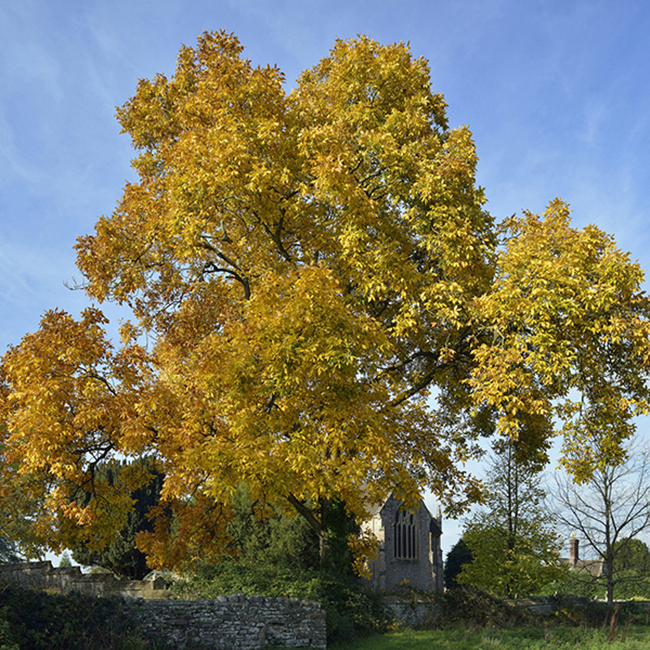
⠀
Black Hickory
Carya texana
The Black Hickory is a small tree growing 25 to 50 feet tall. The trunk can grow a diameter of up to 1-2 feet. The wood from this tree is heavy, elastic, and hard. It decays quickly when exposed to water. The tree produces very small flowers without petals. Black Hickory Trees produce fruits known as the hickory nuts. They are round and up to 2 inches in diameter and ripen from September to October. The Black Hickory is most common west of the Mississippi.
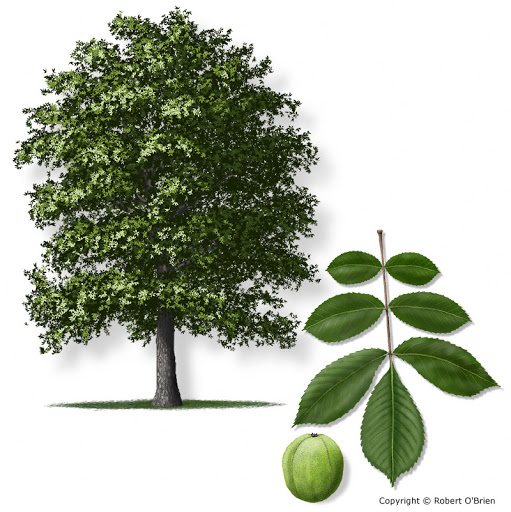
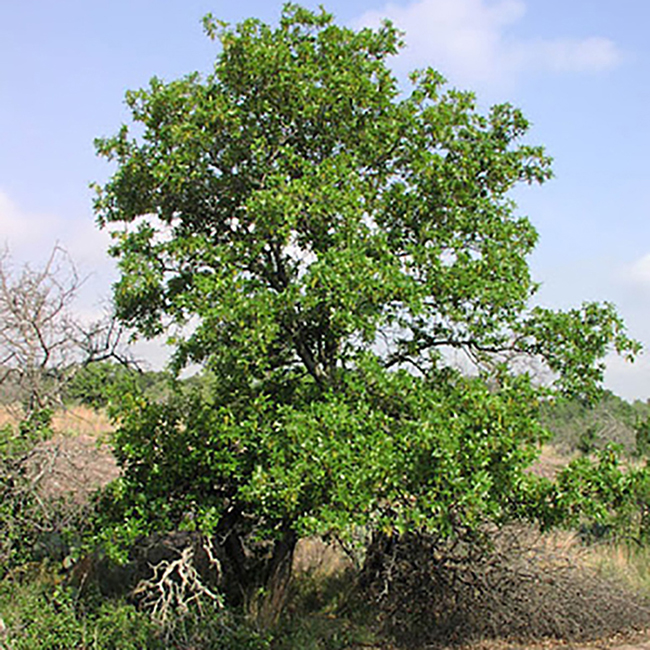
Kentucky Coffee Tree
Gymnocladus dioicus
The Kentucky Coffee Tree can grow to a height of 60 to 75 feet tall. The tree produces packs of greenish-white flowers that bloom at the same time leaves are maturing (late May to early June). These trees are resistant to drought, and adaptable to a large variety of soils. The trees are very tolerant of pollution. The Kentucky Coffee Tree is widely used as an ornamental or street tree. The tree gets its name from early Kentucky settlers noticing the resemblance of its seeds to coffee beans. Kentucky Coffee Tree is native to central United States.
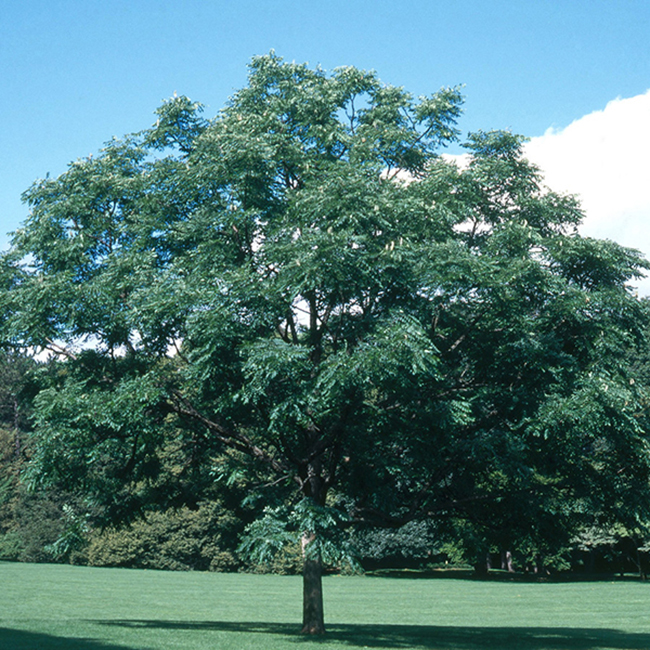
Blackgum
Nyssa sylvatica
The Blackgum Tree grows 30 to 50 inches tall and grows in an oval shape. It is also known as the Black Tupelo. In the fall, the tree brings many shades of yellow, orange, bright red, purple and scarlet. The Blackgum Tree is found in moist areas of the eastern United States.
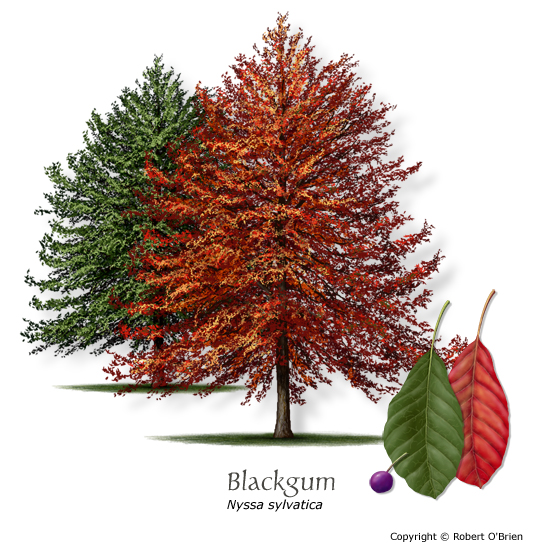
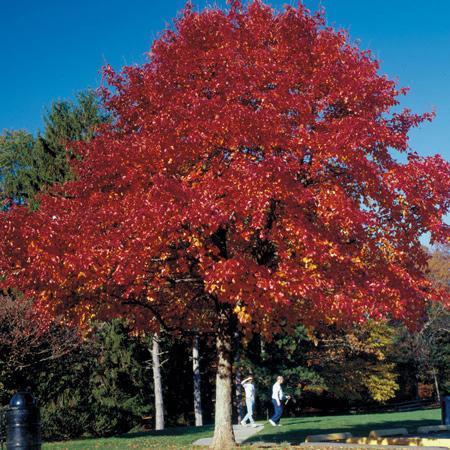
⠀
White Oak
Quercus alba
The White Oak tree has a short stocky trunk with massive horizontal limbs. The tree grows to around 50 to 80 feet. The White Oak leaves start out as a blue green color and slowly turn showy shades of red or burgundy in the fall. This tree produces acorns eaten by wildlife. The White Oak Tree is native to eastern and central North America.
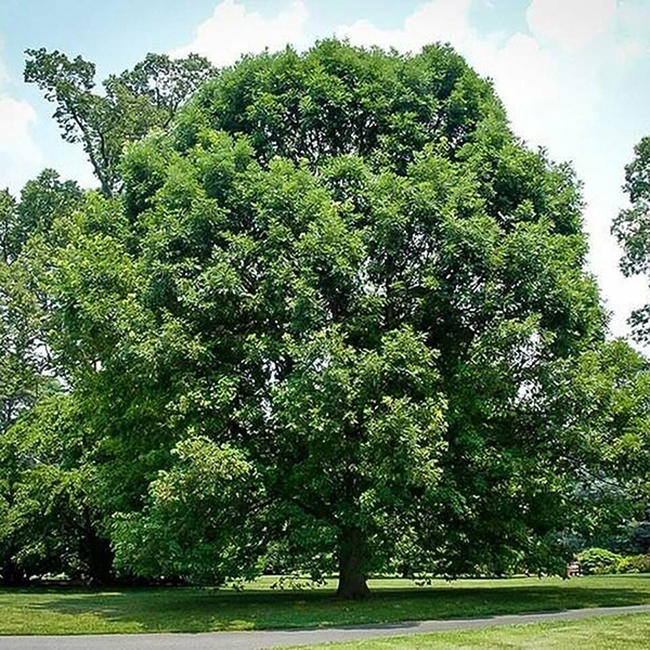
Red Oak
Quercus rubra
The Red Oak Tree grows at a fast rate and up to 75 inches tall. This tree features leaves that have waxy, spine-tipped lobes. These bristle-tipped leaves turn red in the fall. The Red Oak Tree is native to North America, in the eastern and central United States and southeast and south-central Canada.
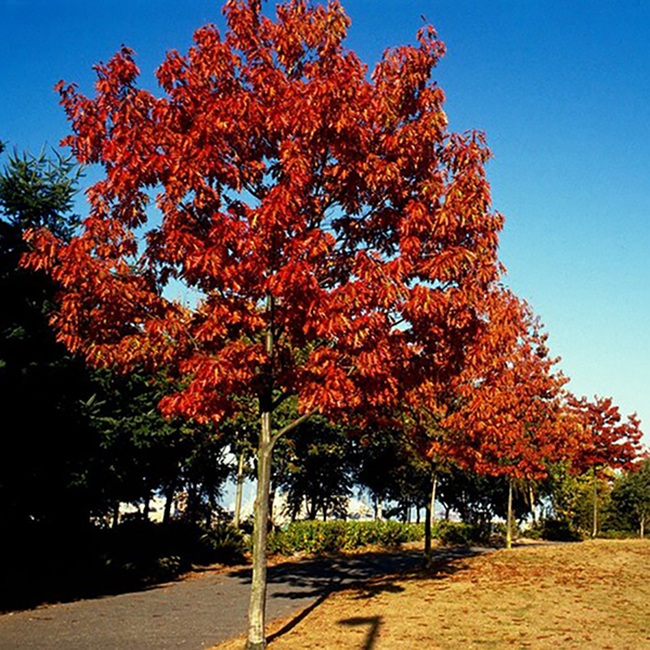
Post Oak
Quercus stellata
The Post Oak Tree grows up to 50 inches in height, with a rounded crown. Leaves appear as spring comes. In the fall, leaves change to red and brown. The tree produces acorns up to ¾ inches long. The Post Oak Tree is native to the Eastern United States.
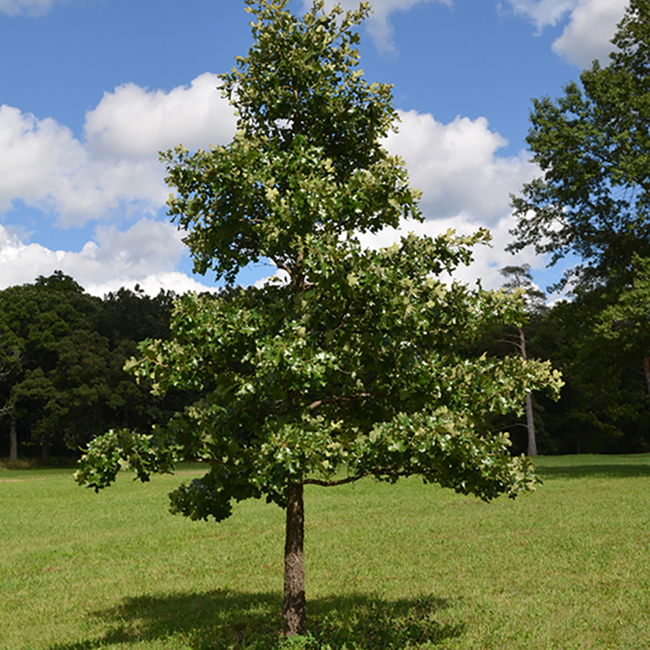
⠀